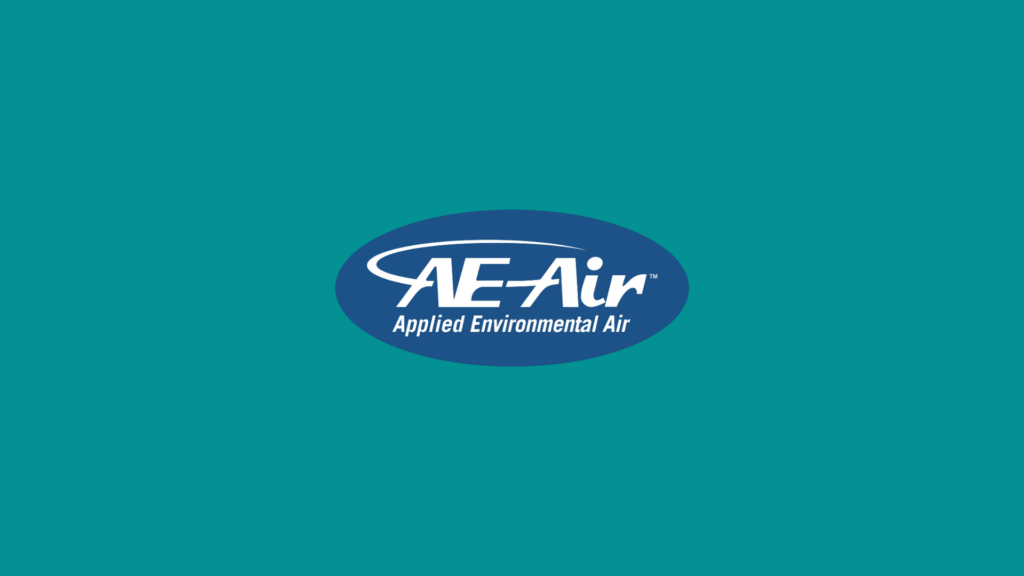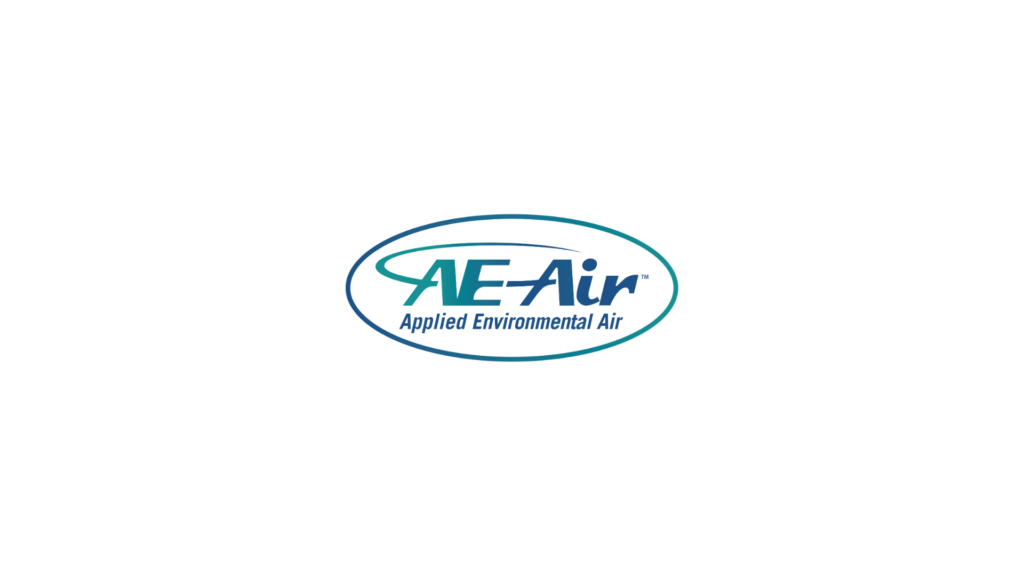When it comes to HVAC systems, blower fan coils are an important part of improving energy efficiency in large buildings. These units work by circulating air through ducts, ensuring that rooms receive a steady flow of air at the right temperature. In large-scale builds, having efficient HVAC systems is important not only for keeping spaces comfortable but also for minimizing energy use. By focusing on the role of blower fan coils, developers, architects, and engineers can make huge improvements in how energy is consumed by HVAC systems.
Blower fan coils are often underrated, but they serve a big purpose in the HVAC world. Proper selection and maintenance of these coils are important for optimizing energy efficiency in properties of varying sizes. With advancements in HVAC technology, such as smart controls and energy-efficient systems, integrating these components thoughtfully can lead to significant energy savings. This integration not only enhances comfort but also supports sustainable building practices, which are increasingly in demand.
Understanding Blower Fan Coils
Blower fan coils are more than just parts hidden behind walls or ceilings; they are active players in the HVAC process. Essentially, these coils contain a fan and a heating or cooling element, working together to adjust air temperature before it is circulated in a room. One can think of them as the lungs of a building, helping to regulate airflow and maintain a comfortable environment, much like the lungs regulate airflow in our own bodies.
There are several reasons why blower fan coils are popular in diverse settings. First, they offer versatility. You can find them in residential buildings, commercial spaces, and even industrial facilities. This versatility is due in part to their design, which allows them to be easily integrated into various types of HVAC systems. Additionally, blower fan coils come with different configurations and sizes, making them adaptable to different project needs.
The benefits of using blower fan coils reach beyond basic air conditioning. They help create even air distribution, preventing hot or cold spots in buildings. This means that energy does not get wasted trying to fix temperature inconsistencies. By ensuring that all areas receive consistent airflow, these coils contribute to maintaining an ideal climate throughout a space.
Key components of blower fan coils include the motor, fan, and coil itself. The motor powers the fan, while the coil, made of tubes carrying either hot or cold fluids, achieves the desired air temperature. By cycling air over these coils, the system can either heat or cool the space efficiently. When combined with modern HVAC technologies, this setup can significantly enhance energy efficiency, providing a comfortable environment without undue energy consumption.
Understanding the mechanics and applications of blower fan coils is the first step toward optimizing your HVAC system. From architects designing new spaces to engineers retrofitting existing systems, working knowledge of these components can lead to improved energy management across a range of projects.
Strategies for Improving Energy Efficiency with Blower Fan Coils
Improving energy efficiency with blower fan coils requires a thoughtful strategy, starting with proper maintenance. Regular servicing ensures that the coils and their components work efficiently, preventing unnecessary energy waste. Dirty coils and filters can cause the system to work harder than needed, consuming more energy in the process. By scheduling routine cleanings and inspections, you keep the blower fan coils in top condition, ensuring the system runs smoothly.
Advanced control systems play a crucial role in optimizing the performance of blower fan coils. These systems allow for precise control over temperature settings and airflow, adapting to varying needs throughout the day. Smart thermostats and building management systems can enhance efficiency by learning usage patterns and adjusting settings accordingly. With these technologies, it’s possible to reduce energy consumption without sacrificing comfort.
Integrating blower fan coils with energy-efficient systems is another effective strategy. Choosing components that align with modern energy standards can significantly cut down on energy use. Additionally, using variable speed fans and enhanced insulation methods ensures that coils operate optimally. By focusing on these elements, building owners and managers can maximize the efficiency of their HVAC systems.
Selecting the Right Blower Fan Coils for Your Project
Picking the right blower fan coils is an important step in ensuring your HVAC system operates efficiently. First, consider the size and capacity needed for your space. Choosing a unit that’s too small might lead to overwork, while a unit that’s too large could waste energy. Work with HVAC experts to determine the perfect match for your project’s specific requirements.
Compatibility with existing systems is another key factor. Blower fan coils should seamlessly integrate into your current HVAC setup. It’s essential to verify that the new components will work well with pre-existing systems, avoiding any operational hiccups. HVAC experts can provide valuable guidance during this process, helping you make informed decisions.
Lastly, professional installation is vital. Ensuring that the coils are installed correctly can prevent future problems and optimize performance. Skilled technicians have the experience needed to set up these systems with precision, safeguarding against potential inefficiencies.
Case Studies of Efficiency Gains with Blower Fan Coils
Let’s consider a hypothetical example of a commercial office building that once struggled with high energy bills and uneven temperature control. By upgrading to new blower fan coils, this building achieved impressive energy savings and improved indoor comfort. The building management team noticed a marked reduction in energy consumption, translating to significant cost savings over time.
In another scenario, a warehouse faced challenges in temperature regulation. By implementing advanced control systems with blower fan coils, they managed to create a consistent climate throughout the facility. This upgrade resulted in a more efficient environment for both workers and stored materials, demonstrating the effectiveness of these systems.
These examples illustrate the potential improvements that can be attained with blower fan coils. With the right strategies and systems in place, significant gains in energy efficiency are achievable.
Summing Up The Benefits of Blower Fan Coils for Energy Efficiency
Blower fan coils stand as a capable solution for enhancing energy efficiency within HVAC systems. By understanding their function and ensuring proper selection and maintenance, you open doors to energy savings and improved climate control. Advanced technologies further amplify these benefits, allowing buildings to meet modern efficiency standards seamlessly.
When considering upgrades or new installations, it’s important to recognize the role that blower fan coils play in creating sustainable and comfortable environments. They offer a practical means to reduce energy consumption and contribute to a building’s overall performance. Consulting with HVAC experts can pave the way to a tailored approach that meets the specific needs of each project, making these coils an essential part of the energy efficiency puzzle.
For those planning your next HVAC project, take advantage of insights from HVAC experts to ensure your system reaches optimal performance. Explore how AE Air can help you integrate advanced technologies into your design, and learn more about the comprehensive solutions we offer. Our expertise can guide you in making informed decisions for energy-efficient and comfortable environments.


